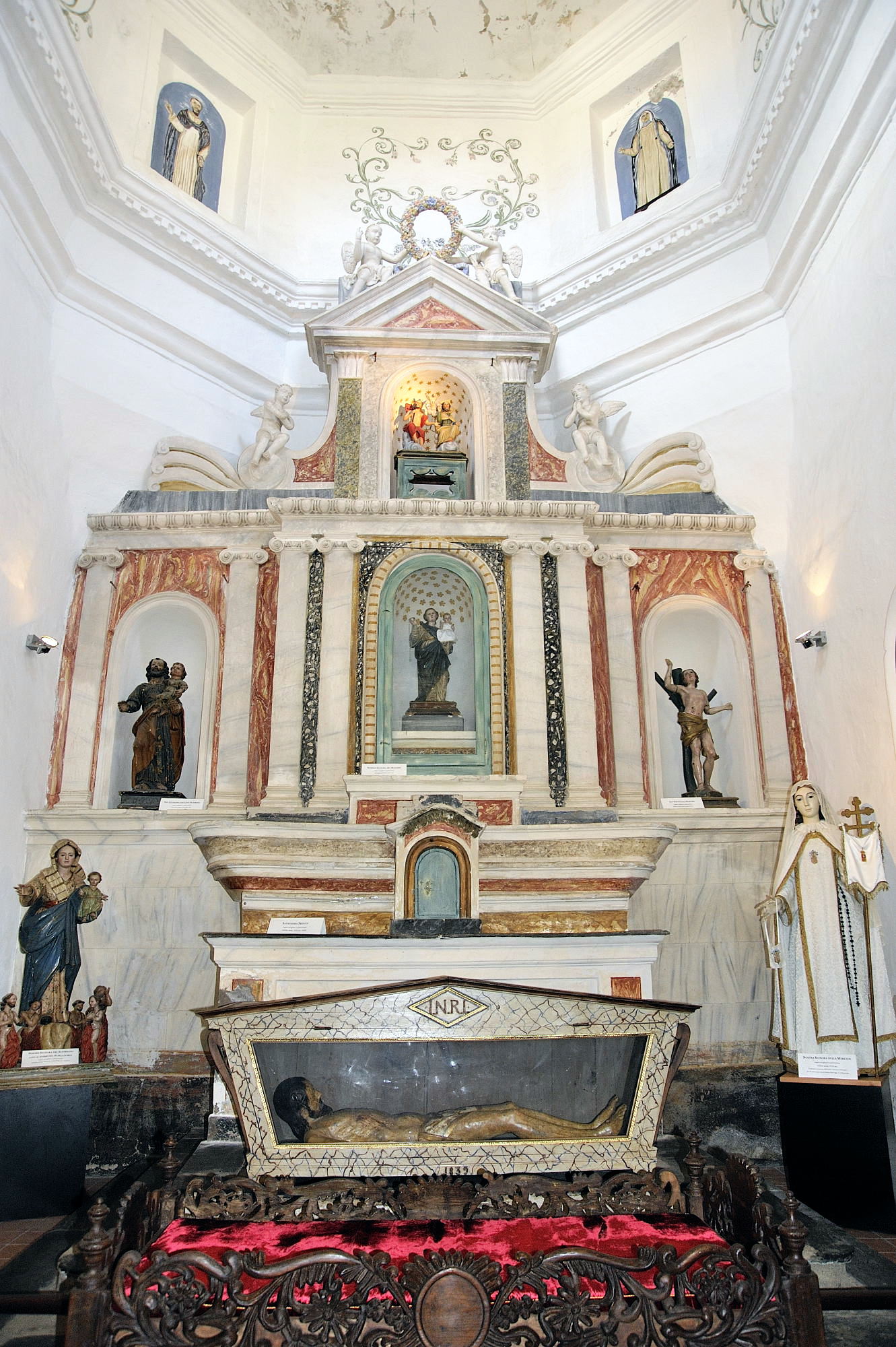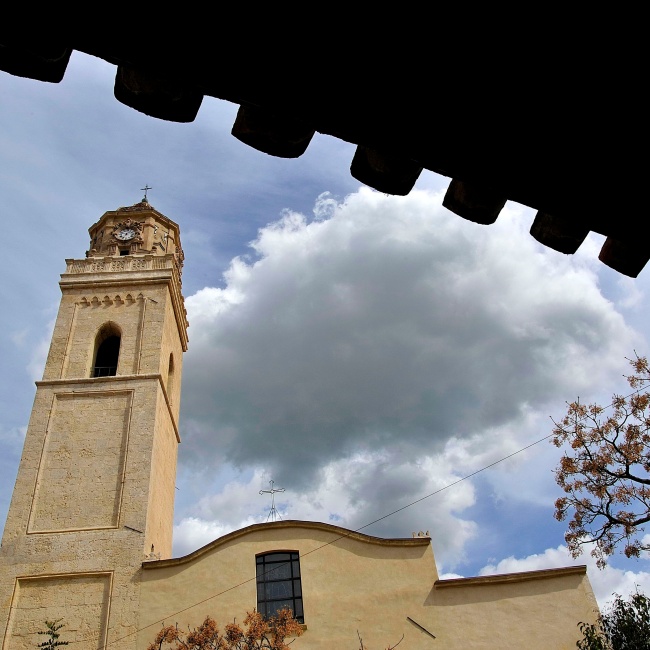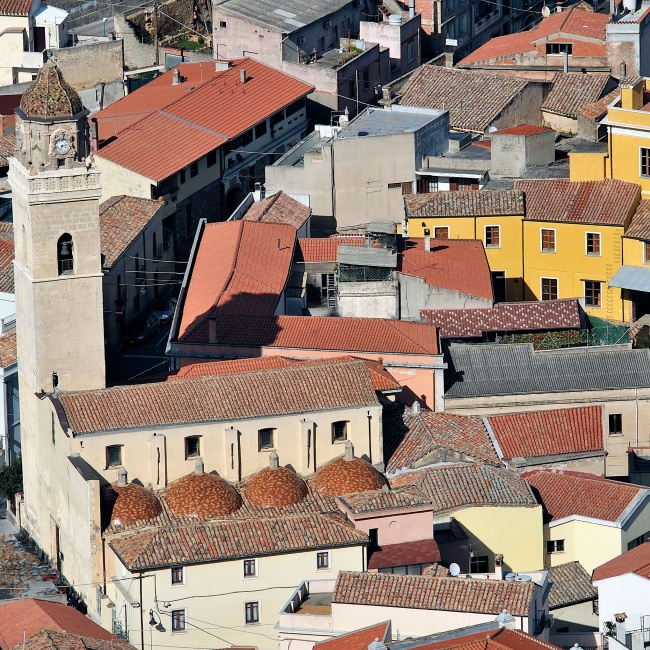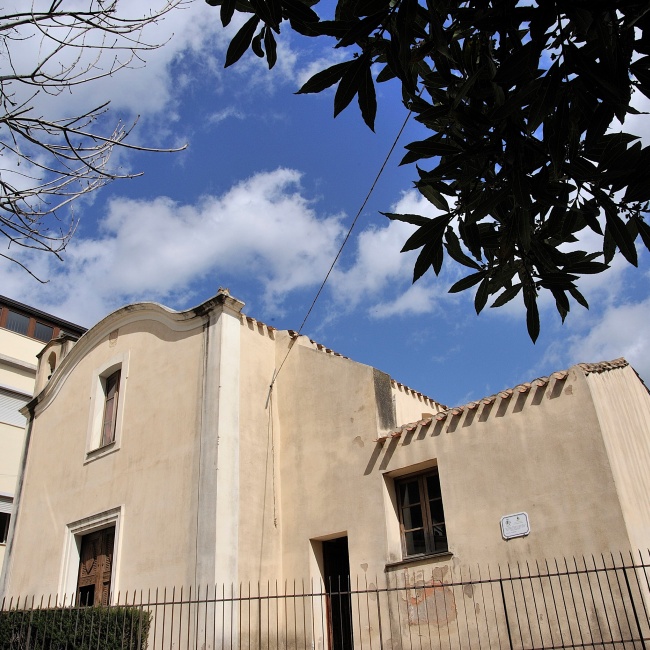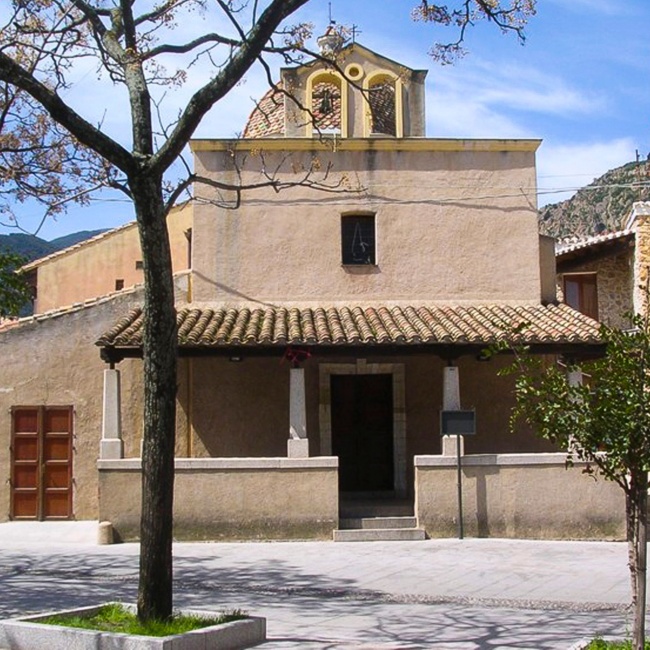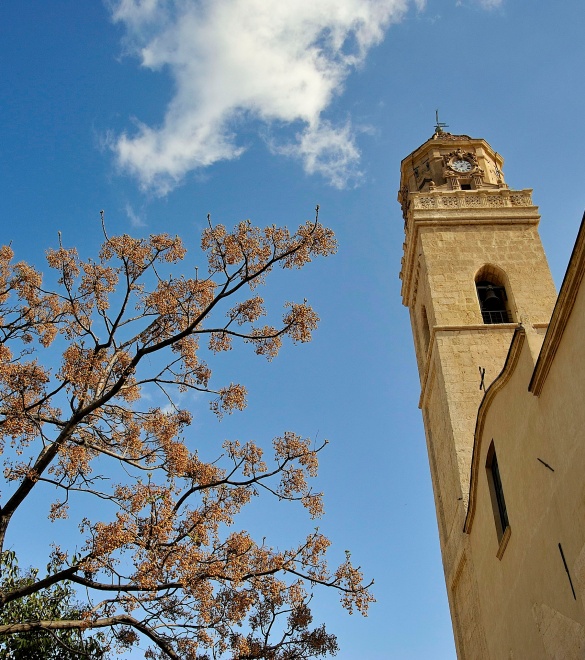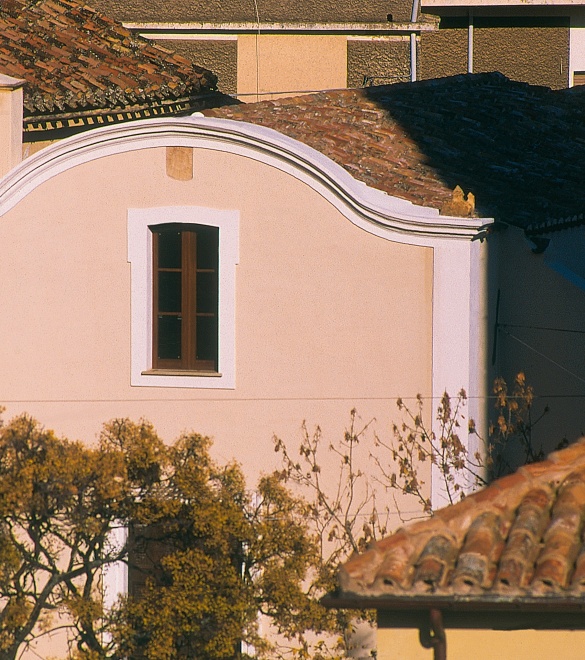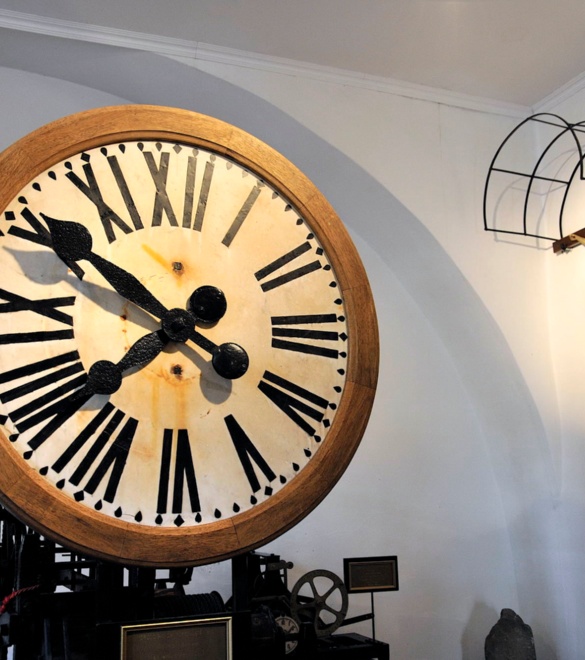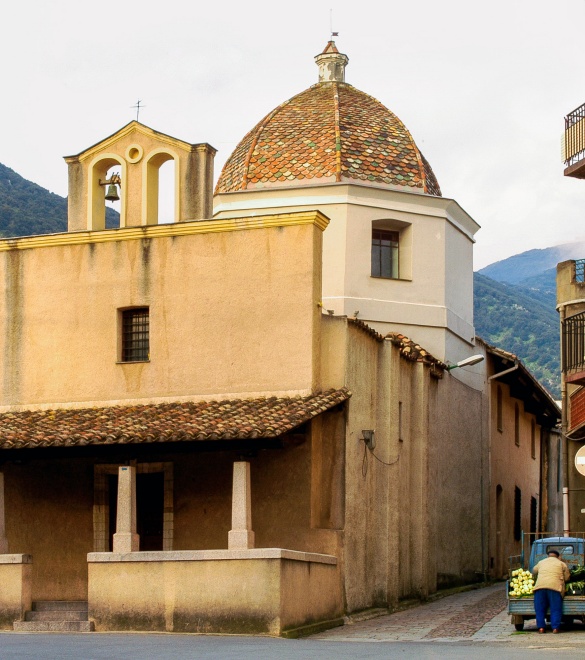Itinerary detail
Ancient faith
In the heart of the old town centre, a large, evocative piazza hosts three churches standing close together positioned in such a way as to form a triangle, as dictated in Medieval architecture.
The church of Santa Barbara is the oldest of the three: built in the 13th century in the Gothic-Aragonese style upon a previous Romanesque church. It has been renovated several times over the centuries. It now features a central nave with barrel vault and lateral intercommunicating chapels. The 18th-century pipe organ is of particular value and was recently re-modernised. It accompanies the is coggius, ancient Sardinian religious chants for solemn events.
On one side of the parish stands the chiesa delle Anime Purganti (Church of the Purged Souls) that dates back to the 17th century in a typical Spanish style. The church features a single nave with barrel vault with round arches while the outer façade is embellished with battlements and a small bell tower. The chancel is the only example of a completely restored 17th century wooden altar. The religious Easter procession leaves from here for its traditional “Encounter” at which the brethren of the Fraternal order of the Rosary and the many faithful take part.
The third Church is the Oratorio di Nostra Signora del Rosario (Oratory of Our Lady of the Rosary), at one time the Headquarters of the Fraternal order of the same name, which dates back to the early 1600’s, even if today it reflects the Baroque Style of the mid-18th century. There is a small loggia on its exterior with a truss which was rebuilt after a collapse following a heavy snowfall in 1956. Today the church hosts the Museo d’arte e arredi sacri, (Museum of Sacred Art and Furnishings) established in 1998 and displays handmade objects and furnishings belonging to the Fraternal Order of the Rosary and precious artistic works like the art works made in wood attributed to famous 18th century Sardinian artist Giuseppe Lonis.
Leaving this upper part of the town, heading towards via Roma, the ancient rione di Sant’Antonio district is typified by the presence of narrow streets, slight inclines, large portals and the San’Antonio church: a church dedicated to one of the most venerated saints of the town and the island of Sardinia.
These ancient sanctuaries don the colours of the holiday every year, filled with the faithful, groups of people wearing traditional costumes. The streets are filled with traccas (oxcarts decorated for the occasion), horses and horsemen who accompany the saints along the streets of the town. The devotion of the townspeople is of ancient origin and has not omitted other ancient recurrences that recall important traditions dedicated to saints that have no sanctuary of their own:
- The holyday of Santu Antoi ‘e su fogu, literally Saint Anthony of the Fire. This is the name given to this holiday in Sardinian dialect. It is celebrated during the weekend that falls closest to 17 January. Tradition dictates that a large bonfire is lit in his honour and that farmers gather the blessed ashes to scatter them onto the fields as a propitiatory sign of fertility;
- The holyday of Sant’Isidoro, (Saint Isidore), the patron saint of farmers. This holiday is celebrated during the month of May with an elaborate procession of the faithful, people dressed up in traditional costumes and carts.
Route type:
walking
Travel time:
full day
Geographic map
To be seen
Church of Santa Barbara
The Church of Santa Barbara, along with the Church of the Anime Purganti (Purged Souls) and the Oratorio di Nostra Signora del Rosario (Oratory of Our Lady of the Rosary) form a triad of churches that overlook the main piazza of the townand it is Villacidro’s oldest church (13th century).
Church of the Purgative Souls
The Church of the Anime Purganti, along with the Church of the Santa Barbara and the Oratorio di Nostra Signora del Rosario (Oratory of Our Lady of the Rosary) form a triad of churches that overlook the main piazza of the townand.
Museum of Sacred Art and Furnishings
The Museum of Sacred Art and Furnishings was established in 1998. It is located in the rooms of the Oratory dedicated to the Vergine del Rosario (Virgin of the Rosary) and is one of the few examples of permanent exhibits of its kind on the entire island of Sardinia.
Nostra Signora del Rosario Church
The oratory of Nostra Signora del Rosario was most probably built at the beginning of the 600s, when the brotherhood, having the same title, was built. The building’s original establishment is still visible in its gothic-Catalan style facade.
